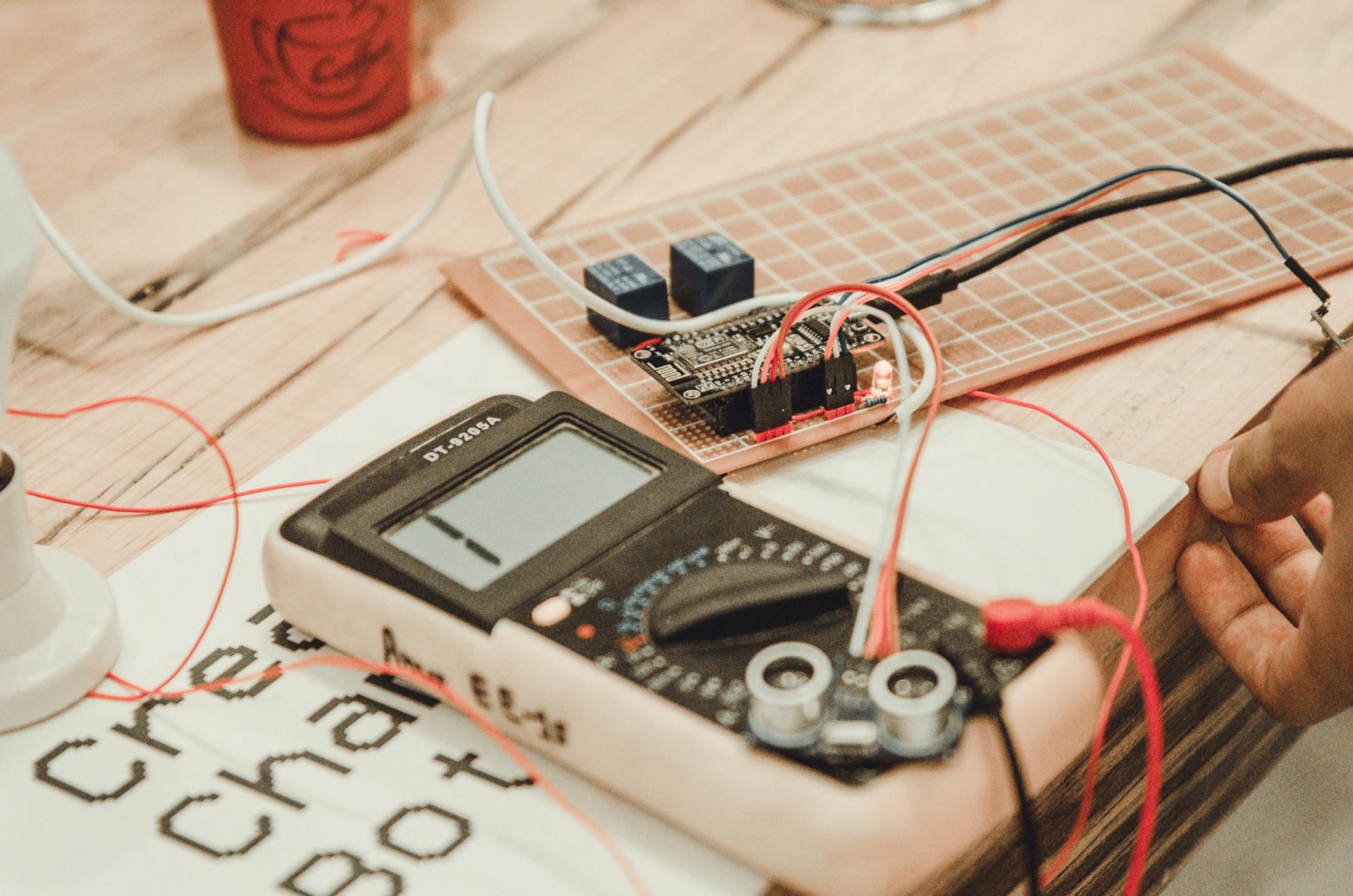Protect Your Family: Learn How to Perform an Electric Security Test at Your Place

When it comes to home security, one of the most crucial areas to think about is electrical safety. Testing for electrical safety is the process of checking the electrical system in your home to make sure that it is safe and in compliance with the latest standards. In this article we’ll give you information on what the electrical safety tests are, the tools will be required to conduct them, the best method to carry out the tests and what warning signs you should be on the lookout for.
What’s an Electrical Safety Test?
A safety test for electrical appliances is the process of checking the electrical system in your home to make sure it’s safe and functioning properly. Electrical safety tests are important because they can help avoid electrical fires and accidents, and ensure the longevity of your electrical system.
Tools Needed for an Electrical Safety Test
To conduct an electrical safety test you’ll need a few essential equipment. They include the voltage tester as well as a continuity tester, a circuit tester, and outlets tester. It is utilized to test for live circuits while the continuity tester checks for damaged circuits. The circuit tester is used to check for wiring faults, and outlets testers are utilized to identify wiring issues at the outlets. It is crucial to use the tools correctly in order to obtain accurate results.
How do you conduct an electrical Safety Test
To perform an electric safety check inside your home Follow these steps:
Shut off the power supply on the circuit or circuits you’re conducting tests on.
Utilize your voltage tester to look whether there are live circuits.
Utilize the continuity tester to look for damaged circuits.
Use the circuit tester to test for wiring faults.
Use the outlet tester to find any wiring issues within the outlets.
During the testing process Be sure to check for indications of wear or damage on the wires, such as damaged or frayed wires, burn marks and loose wires. If you spot any problems you need to fix them as soon as possible to prevent potential hazards.
The Signs of Electrical Issues to be Watchful for
There are several indicators that may indicate electrical problems in your house. These include flickering lights frequently tripping the circuit breaker, buzzing or crackling sounds from outlets, the appearance of outlets that are discolored or hot as well as a burning smell. If you observe any of these warning indications, you should act immediately to prevent any electrical dangers.
Conclusion
Safety tests for electrical appliances are essential to ensure your safety and family. Through regular testing and taking care to address any issues immediately you will be able to prevent hazards to electrical equipment and extend the lifespan of your electrical system. If you need assistance with electrical testing or repairs do not hesitate to call Local Electrician Kingston. Our knowledgeable team will give you professional guidance and assistance. Contact us via 1300 933 820 to schedule an appointment or request a quote.
FAQ Section
How often should I conduct an electrical safety check in my home?
We suggest conducting electrical safety tests at least once per year.
Can I perform an electric safety check on my own or do I need a professional?
While you can perform an electrical safety test by yourself however, it’s advised to employ a professional to ensure accurate results and prevent potential hazards.
What are the most common electrical problems found in an electrical safety test?
The most frequent electrical issues that are discovered during a safety test comprise malfunctioning wiring, overloaded circuits and obsolete electrical systems.
What should I do if I find an issue during the electrical safety check?
If you discover a problem during the electrical safety test It is crucial to act quickly. This could include calling an experienced electrician to fix the problem or replacing the equipment that is malfunctioning.
